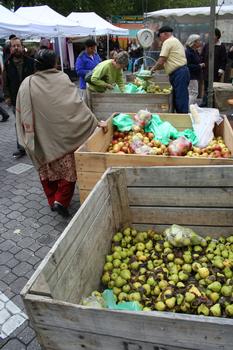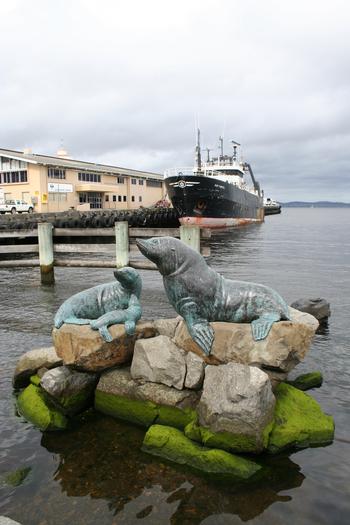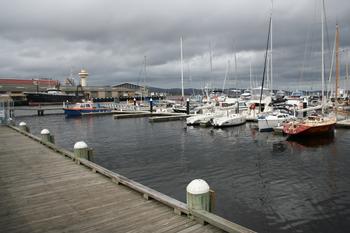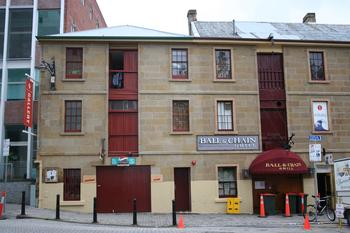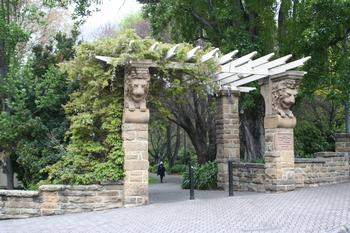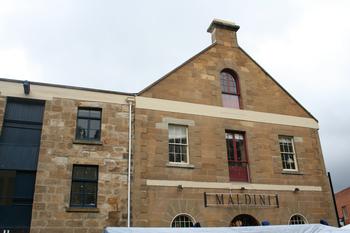| A | U | S | T | R | A | L | I | A | 2 |
0 |
0 |
5 |
 |
 |
 |
 |
Total: 85 |
Oct 22 |
 |
Hobart
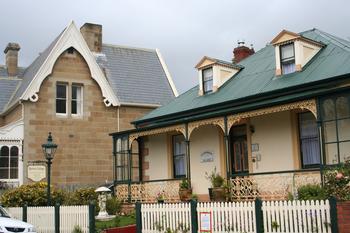 |
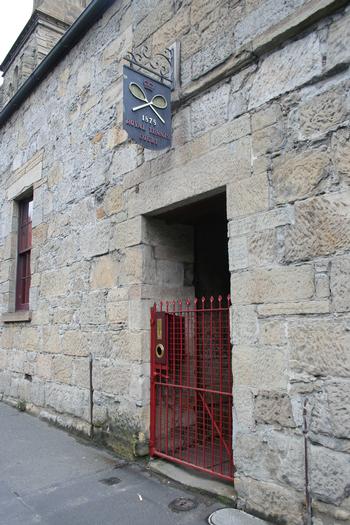
The game of Real Tennis is the forerunner of all racket sports and has been closely associated with Henry VIII and Hampton Court Palace since 1530. There are only ~40 courts left in the world, half of them in the UK (in 1600 there were 1800 courts in Paris alone). Although I've only played on one, Jesmond Dene, I've now seen three of them. |
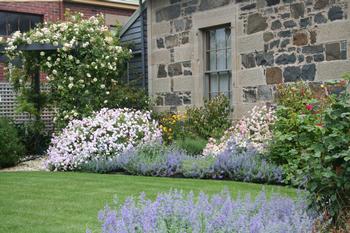 |
|
|
Back in the old port I spend an hour talking to a man with Sean Connery's soft Scottish accent. We solved world peace. He was a biochemist who came out to Hobart in the 70s and ran a successful business until about 5 years ago when he was bought out and rapidly realized he couldn't tolerate the new regime, so he retired. Then he got divorced, and finally, now, I suspected he'd turned to drink. Sure enough, he suddenly brought the conversation to a close, and got as far as the first parked car before I saw him duck down and pull (a bottle I assume) from his backpack. |
|
Tasmania, the smallest state of Australia, is a heart-shaped island about 180mi long by 190mi wide. Many who find their way to it are so captivated by its beauty, variety and abundances of history and nature that they return again and again. Tasmania is geographically ancient, with most of its bulk being an extremely hard basaltic rock called dolerite. Moderately sized doleritic mountains cover the western half of the island, with the tallest of these about 1,400m in elevation. The west and southwest are extremely wet and largely uninhabited. A broad central agricultural valley runs northwest to southeast over most of the length of the island, and the climate there is much drier. This is the only part of Tasmania which resembles stereotypical Australian farmland, with sheep paddocks and gum trees. Another densely forested highland is in the northeast. Along the north coast is a fertile red-soil plain, reminiscent of Ireland or Prince Edward Island. The east coast is rolling and covered with dry eucalypt forests and cleared sheep pasture. In the southeast corner is the Tasman Penisula, an area of rolling eucalypt coverred hills, some agriculture, and dramatic coastal cliffs. To its west is the Derwent river valley and its estuary, where Hobart is located. Hobart is overlooked by 1,200m high Mount Wellington, the easternmost of the western dolerite mountains. South of Hobart lies the farmland (mostly fruit growing) areas of the Huon River valley. All Tasmanian soils except the red soils of the northern plain are extremely poor, due to the high concentration of phosphate. Vegetation in the central valley, east coast, and Tasman Peninsula is called "dry schlerophyl", dominated by drought-tolerant eucalypts such as the blue gum tree. The eastern highlands and eastern sections of the western highlands are "wet schlerophyl", with larger eucalypt species and a mixture of "southern pine" gymnosperm species such as the celery-top pine, as well as myrtle and sassafras trees. The lowest valleys of the wet schlerophyl forests are home to Eucalyptus regnans, the world’s tallest flowering plant, with historical records of trees (now felled) exceeding 130m in height. Wet schlerophyl forest can also have amazingly thick and rather primitive looking undergrowth, with large spiky plants that would not look out of place in the mouth of a Stegosaurus. As one gains in altitude, the eucalypts give way to myrtles, which in turn give way to subalpine heath forests of "pandanis". Above the pandanis, and almost reaching the mountain tops, are the alpine heaths dominated by Richia species, all of which are famous for their razor-sharp leaf edges. In patches in the central west and in the extreme northwest is found the Tasmanian rain forest, where eucalypts give way completely to southern pines and sassafras. |
||
